Working with Your Nutritionist and Feed Company to Formulate Ideal Pheasant Feed
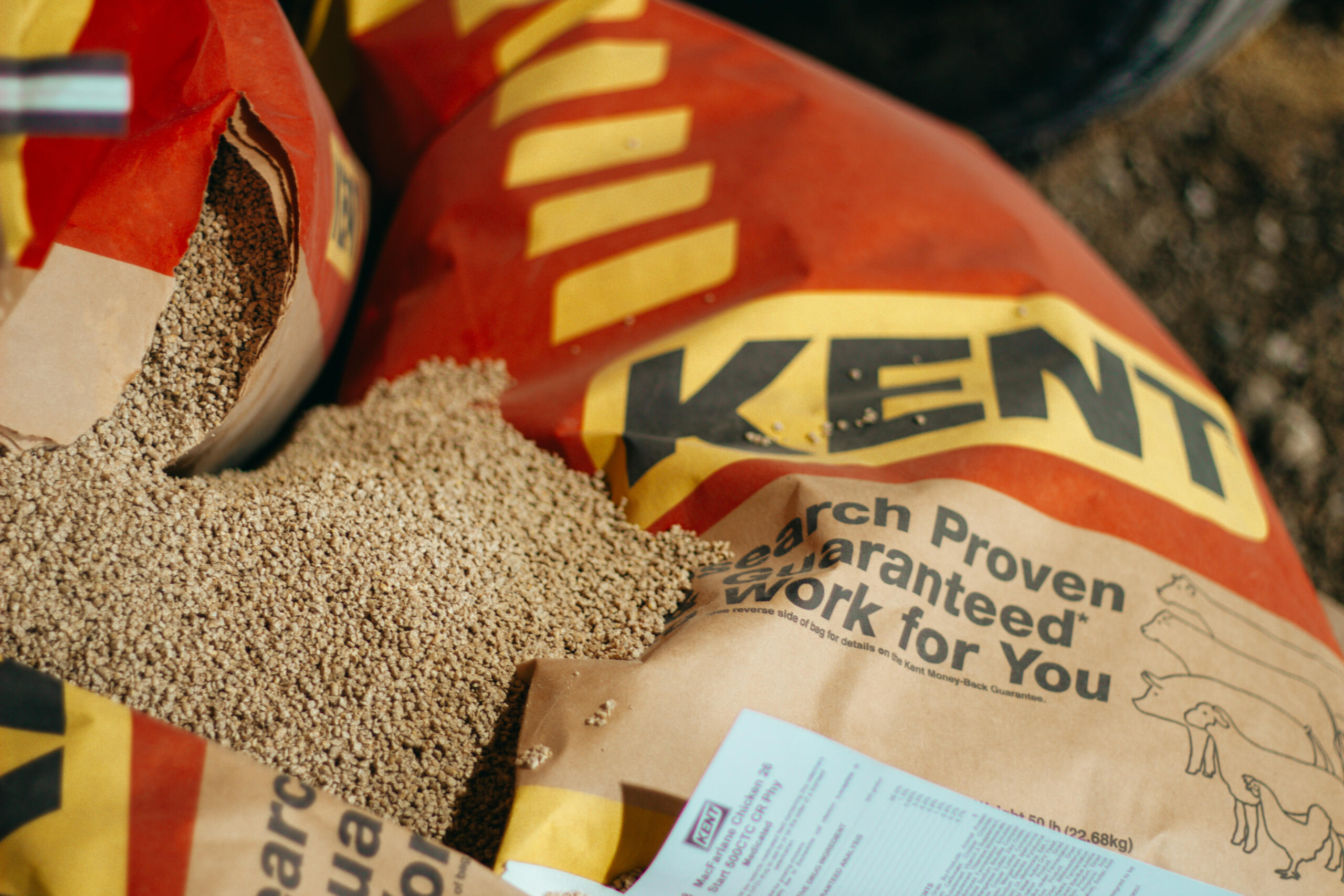 Formulating quality pheasant feed is essential not only for the health and performance of your birds but also for cost savings on your farm. Working closely with your nutritionist and feed company to make the right choices ensures each stage of the feed program meets your pheasants’ specific needs while avoiding unnecessary expenses.
Formulating quality pheasant feed is essential not only for the health and performance of your birds but also for cost savings on your farm. Working closely with your nutritionist and feed company to make the right choices ensures each stage of the feed program meets your pheasants’ specific needs while avoiding unnecessary expenses.
By focusing on the optimal nutrient balance, you can reduce waste, prevent over-fortification, and ultimately lower feed costs—saving your farm money and maximizing bird health at the same time.
Finding the Right Nutritionist
The foundation of any effective feed program is a knowledgeable nutritionist with experience in game birds, as these birds have unique dietary needs compared to other types of fowl. Pheasants, in particular, have distinct digestive systems that require specialized feed formulations. While finding a nutritionist with pheasant-specific expertise is ideal, someone experienced with turkeys—whose digestive systems are more similar to pheasants than other poultry—can also be a strong choice for meeting these specialized needs.
Choosing the Right Feed Company
Selecting the right feed company is crucial for quality feed formulation. When evaluating a feed company, consider the following questions:
- Do they use dried distillers grains? They concentrate myco-toxins and can reduce feed intake, reduce nutrient absorption, and even kill the birds.
- Do they have a pellet mill? Pelleted feed is often preferable, especially for outdoor birds.
- What kind of quality control do they implement for incoming ingredients, and how frequently are loads tested? Ideally they will test each incoming load and have clear quality assurance policies you can look at.
- Does the plant have the ability to least cost the feed (substitute cheaper ingredients)? The nutritionist should put a fixed formula in place at the plan level.
Creating the Right Formula
Your nutritionist should work closely with the feed company to create a custom feed program that adjusts nutrient levels for each growth stage. Young pheasants need higher amino acid levels and fortifications, while mature birds require fewer additives. Slightly higher fortification for young chicks ensures strong early development, though the need for high fortification decreases as they mature and spend more time outdoors.
Precision in feed formulation is key. Over-fortification leads to nutrient waste and higher feed costs, while under-fortification can result in issues such as feather loss, reduced flight ability, and increased cannibalism. Always err on the side of over-fortification. A good feed program for pheasants will look something like this:
- 0-3 weeks: 28% protein in a fine crumble for robust early development
- 3-7 weeks: 26% protein in a regular crumble as they grow in the brooder barns
- 7 weeks: 20% protein pelleted feed once they move outside
- 20 weeks and older: 14% protein pelleted feed for a maintenance diet once mature
Building a Strong Partnership
Open communication between your nutritionist and feed company is essential for effective formulation. It’s vital that the feed company strictly adheres to the nutritionist’s specifications. Consider these factors:
- Fixed Formula vs. Least-Cost: Request a “fixed formula” approach rather than a “least-cost” formula, which can allow substitutions that may meet specs but could be less digestible or nutritious. Pheasants are sensitive to dietary changes, and even minor adjustments can affect feed intake and overall health.
- Quality Control: Quality control on incoming ingredients is critical. Ensure the feed plant tests each ingredient for consistency, including mycotoxins. Regular testing helps maintain a uniform diet, essential for pheasant health.
- Pellet Quality and Durability: High-quality pelleted feed is ideal, particularly for outdoor-raised pheasants. Ask for regular pellet durability index (PDI) tests to ensure pellet strength, as weak pellets can create dust that leads to waste and feeding inefficiencies.
Ongoing Testing and Quality Assurance
Frequent testing of ingredients and finished feed is essential to maintain consistency and quality. Feed companies should test each incoming ingredient and regularly screen for mycotoxins. Retaining samples of each feed batch for at least a month provides a backup in case issues arise, and keeping your own samples adds an extra layer of security. We recommend bi-annual testing for protein levels, salt content, and mycotoxins to ensure each batch meets your specifications.
By collaborating with a nutritionist who understands pheasant dietary needs and a reliable feed company with strong quality control measures, you can ensure your pheasants receive optimal nutrition at each life stage. This targeted approach leads to healthier, better-performing birds and protects your long-term investment.
Related Posts
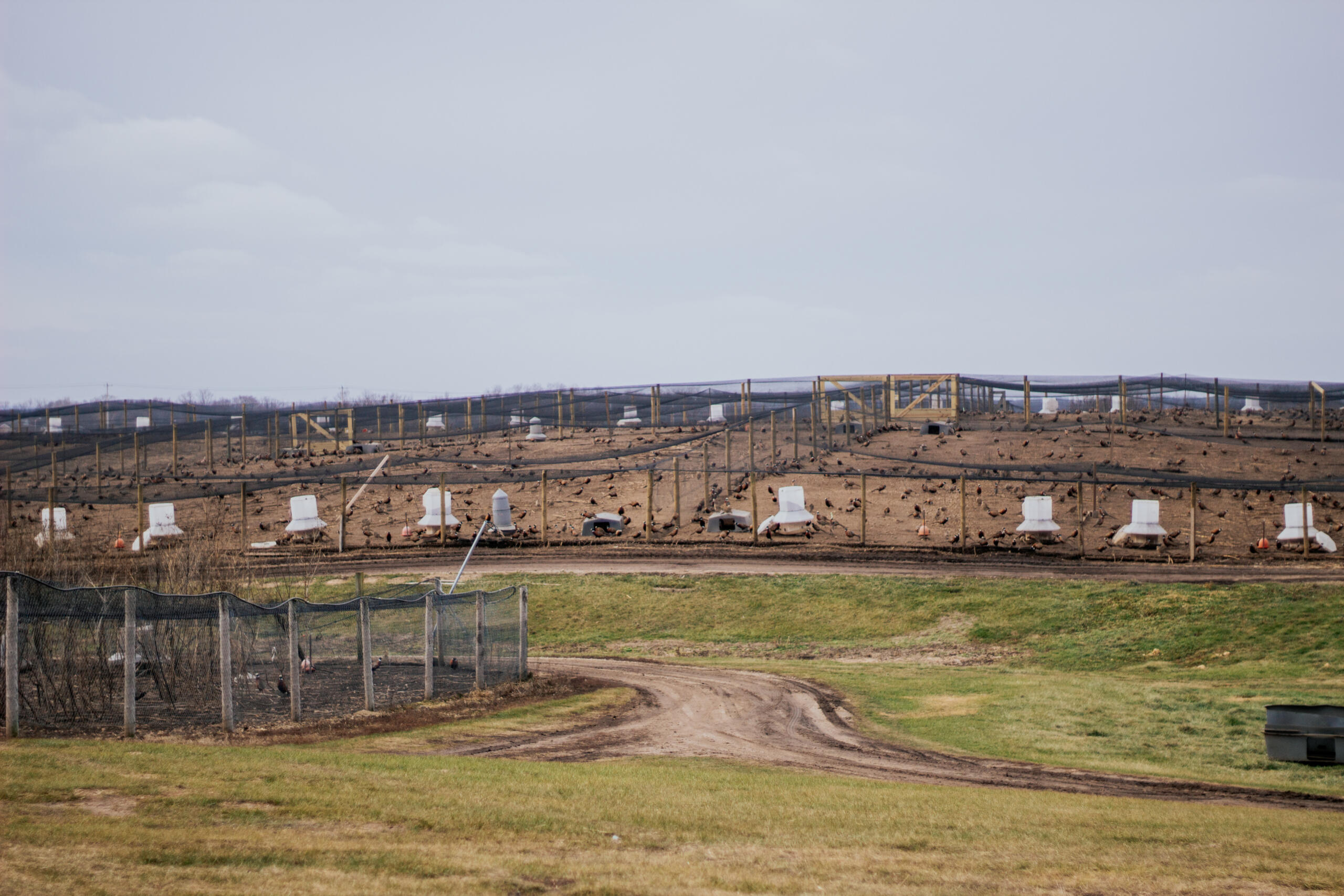
Preparing Our Barns & Pens Each Spring
Read Post
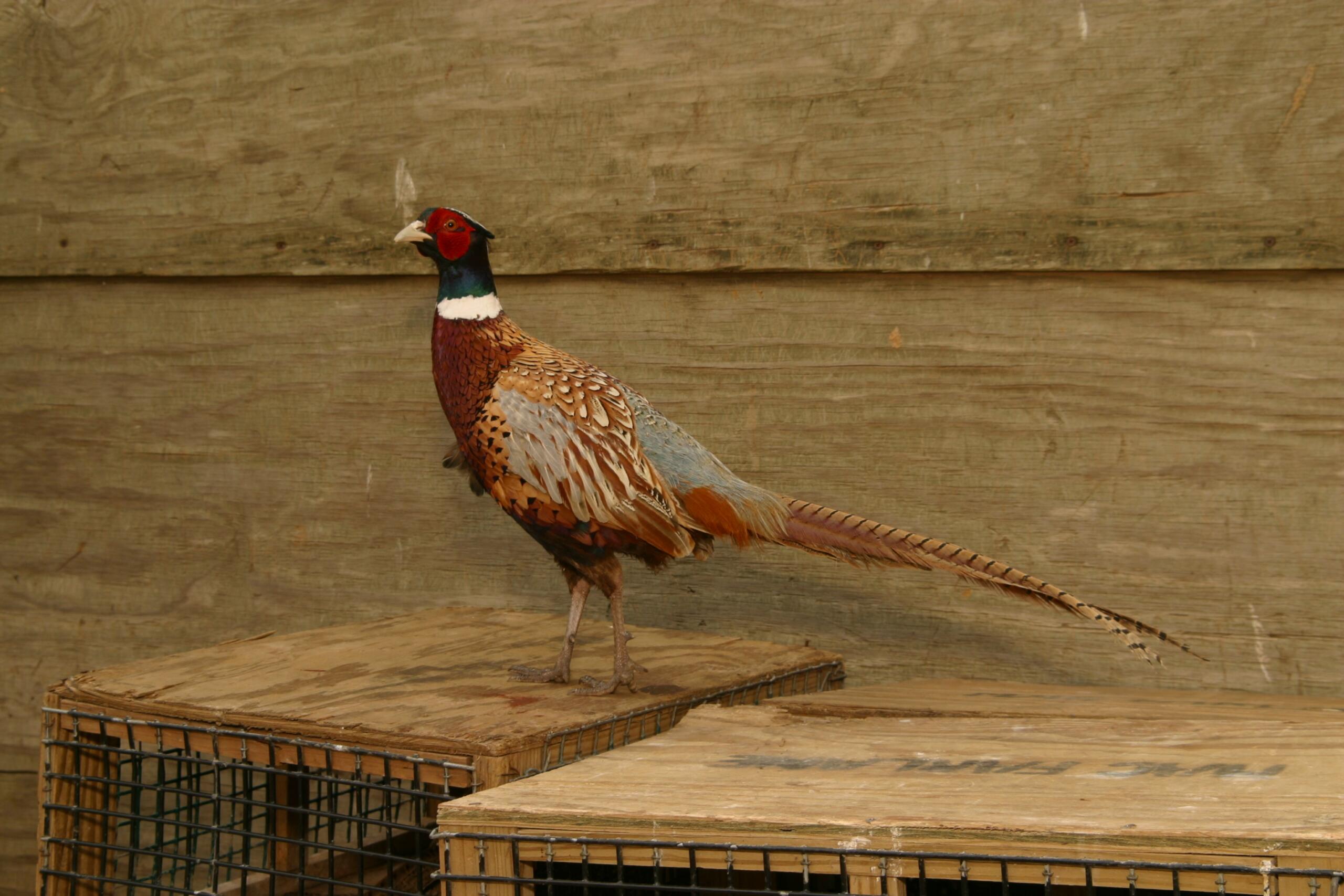
DuPont Financial Analysis Model
Read Post
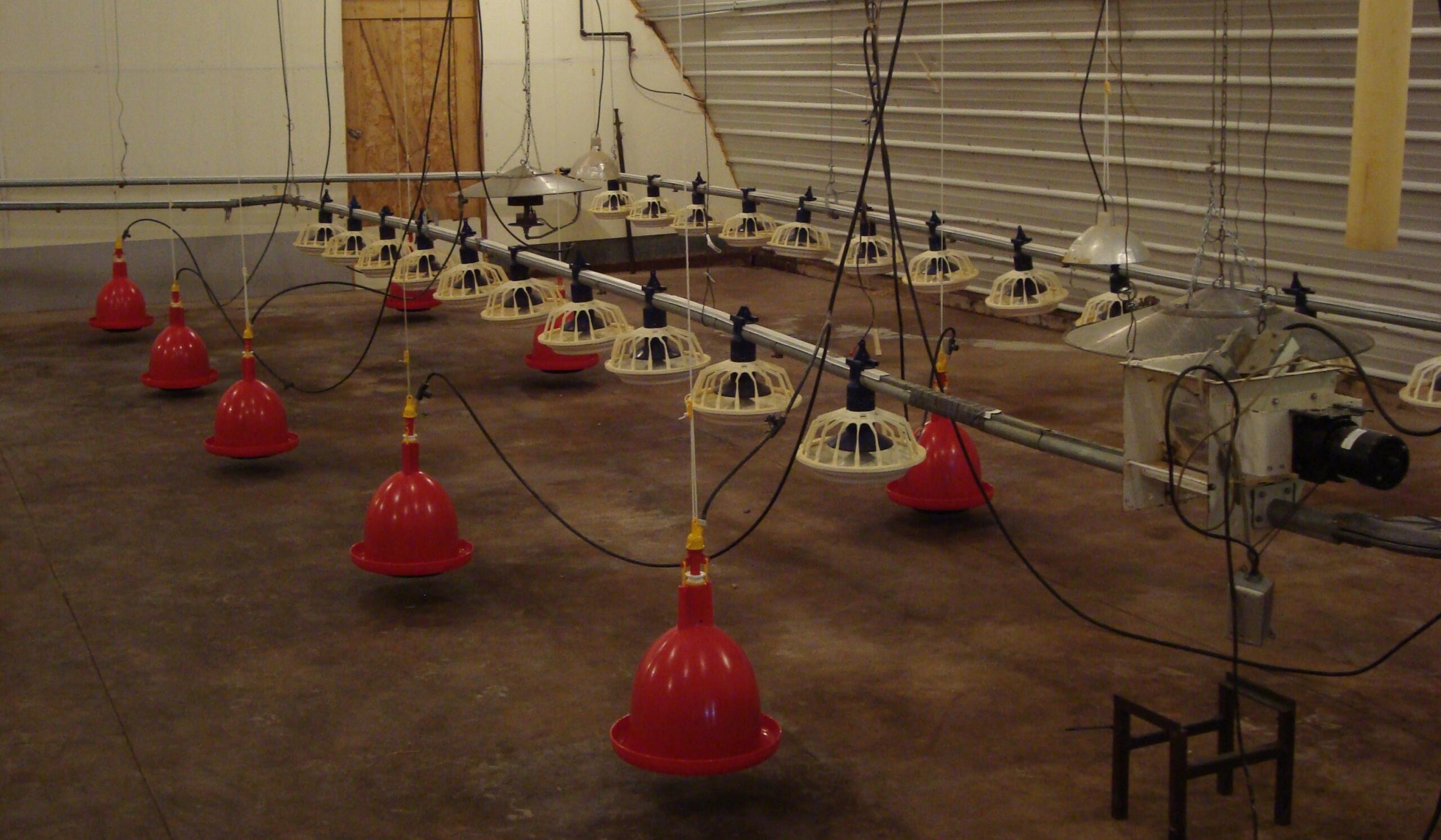
6 Feed and Water Procedures to Keep MacFarlane Pheasants Healthy
Read Post

Advice on what protein % feed to use for your pheasants.
Read Post

All Pheasant Feed Is Not Created Equal
Read Post

A Pheasant Farm’s Most Wanted List
Read Post

Bill MacFarlane Featured In Mother Earth News!
Read Post
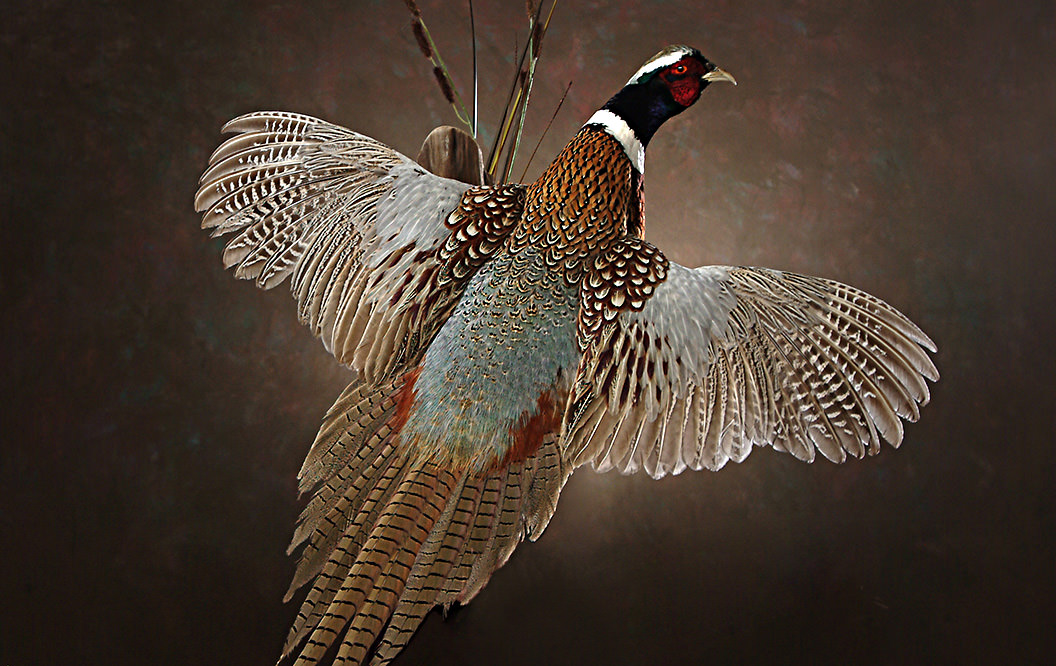
Birds For Mounting
Read Post
Take Advantage of These Free Resources
As the biggest game bird farm in the United States, we want to share our experience with you. Download our free resources below and get started.





